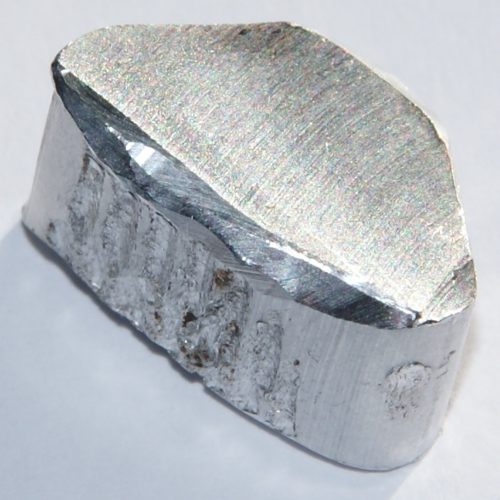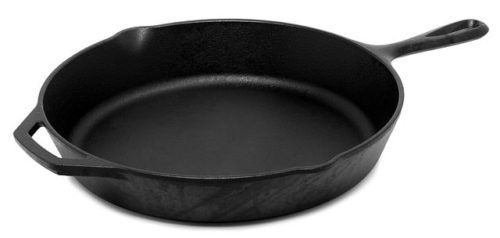Difference Between Aluminum and Cast Iron

Aluminum
Aluminum vs. Cast Iron
Aluminum and iron are two very distinct types of metal, quite different from each other, that exhibit an array of varying properties. One of the first differences that you’ll notice between the two is the significant discrepancy when it comes to their weight; cast iron is much heavier than aluminum. Because of the fact that aluminum is so lightweight, it is often used in building all sorts of machinery as well as automobiles. Now, shall we take a closer look at each of these types of metal?
Cast iron or grey iron, as it is sometimes referred to, is part of a rather large group of alloys that turn solid through a eutectic. One way of identifying which alloy you’re looking at is through the color of its fractured surface. There is one type that’s referred to as a white cast iron due to the white surface that shows when it is fractured. Grey cast iron, as the name suggests, has a grey fractured surface. As for strength, cast iron does have a tendency to be brittle. The only exception are malleable cast irons, which have a significantly lower melting point, castability, good fluidity, wear resistance, excellent machinability, and resistance to deformation. This is why this type of cast iron is often used as an engineering material with a variety of different applications.
This includes the creation of automotive parts, pipes, various machines, cylinder blocks, cylinder heads, as well as gearbox cases, despite the fact that its usage has significantly declined over the years.
Aluminum, on the other hand, is one of the most abundant metals found in the earth’s crust; as a matter of fact, about 8% of the Earth’s solid surface is made up of aluminum. However, it is too chemically reactive to occur as a free metal in nature. Instead, one would find it mixed in with about 270 different minerals, the chief source being bauxite ore. Besides being known for having a low density, aluminum is also remarkable for its ability to resist corrosion. Because of this, it has become a vital component when it comes to creating many different things used in construction, transportation, and even aerospace. Another amazing fact about aluminum is that it is among the best thermal and electrical conductors; as a matter of fact, it has the capability of becoming a superconductor.

Cast Iron Pan
Aluminum, unlike most other metals, is nonmagnetic as well as non-sparking. Furthermore, the stronger a piece of aluminum gets, the less corrosion-resistant it becomes. The same is true when aqueous salts are present.
Now that you have a pretty good idea as to the differences between the two, let’s talk about how you can tell one from the other. As mentioned earlier, aluminum is nonmagnetic; a simple magnet or a compass needle would not be affected by a piece of aluminum. The complete opposite is true in the case of cast iron – both a magnet and a compass needle would be attracted to it. In terms of oxidation, cast iron tends to oxidize quicker when exposed to humid or damp air, and will continue to oxidize if left exposed to the elements. On the other hand, aluminum often becomes coated with an invisible layer of aluminum oxide, which protects it from oxidizing even further. Keep in mind that there are certain treatments that can be done to cast iron pieces to prevent them from oxidizing easily – remember to ask your supplier about this.
Summary:
Aluminum is lighter in density when compared to cast iron.
Aluminum is the most abundant metal found in the earth’s surface.
Cast iron oxidizes faster than aluminum.
- Differences Between Fraternity And Sorority - January 8, 2014
- Differences Between Lucite and Plastic - January 7, 2014
- Differences Between Oil and Butter - January 6, 2014
Search DifferenceBetween.net :
Leave a Response
References :
[0]https://simple.wikipedia.org/wiki/Aluminium
[1]https://commons.wikimedia.org/wiki/File:Cast-Iron-Pan.jpg
